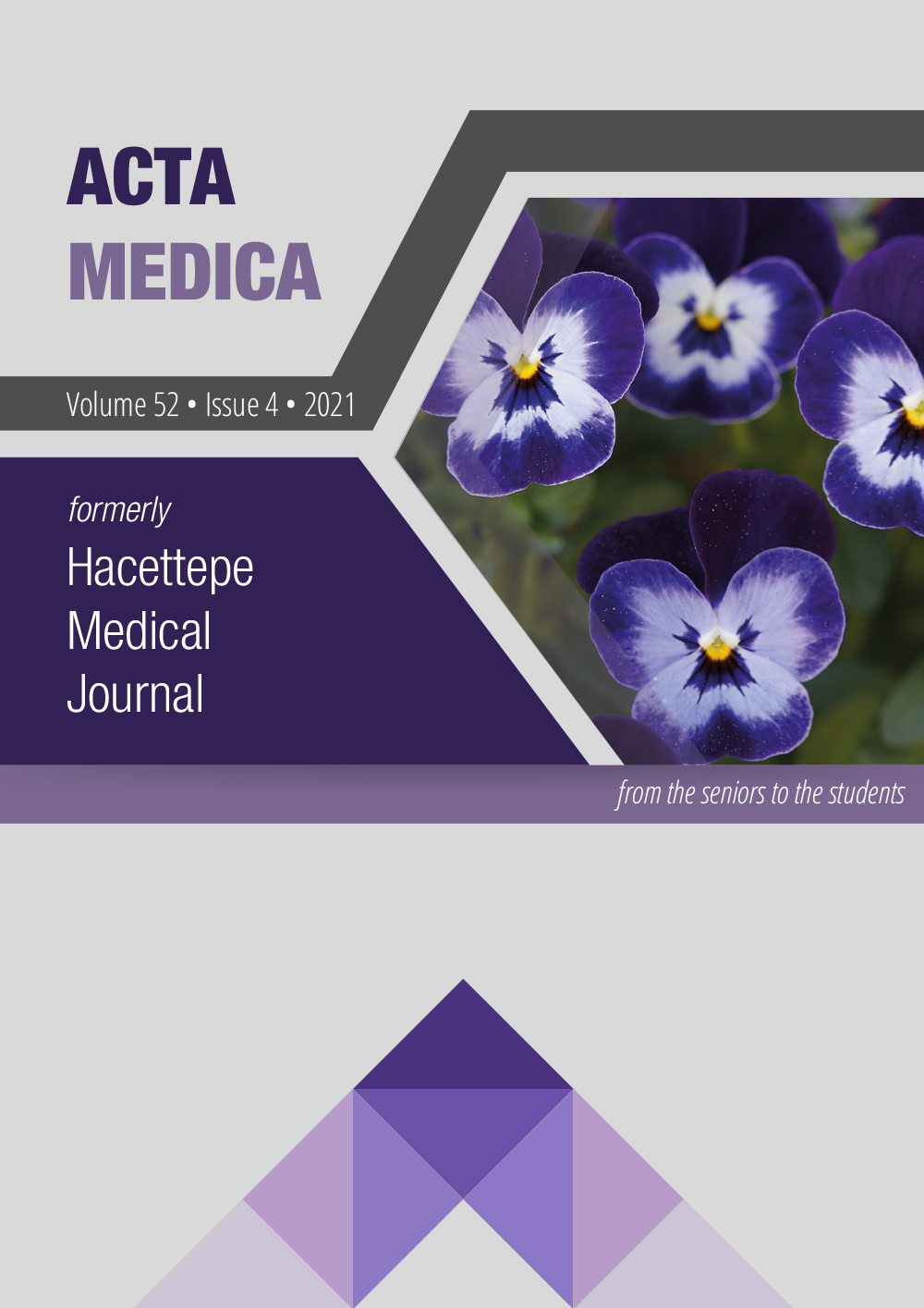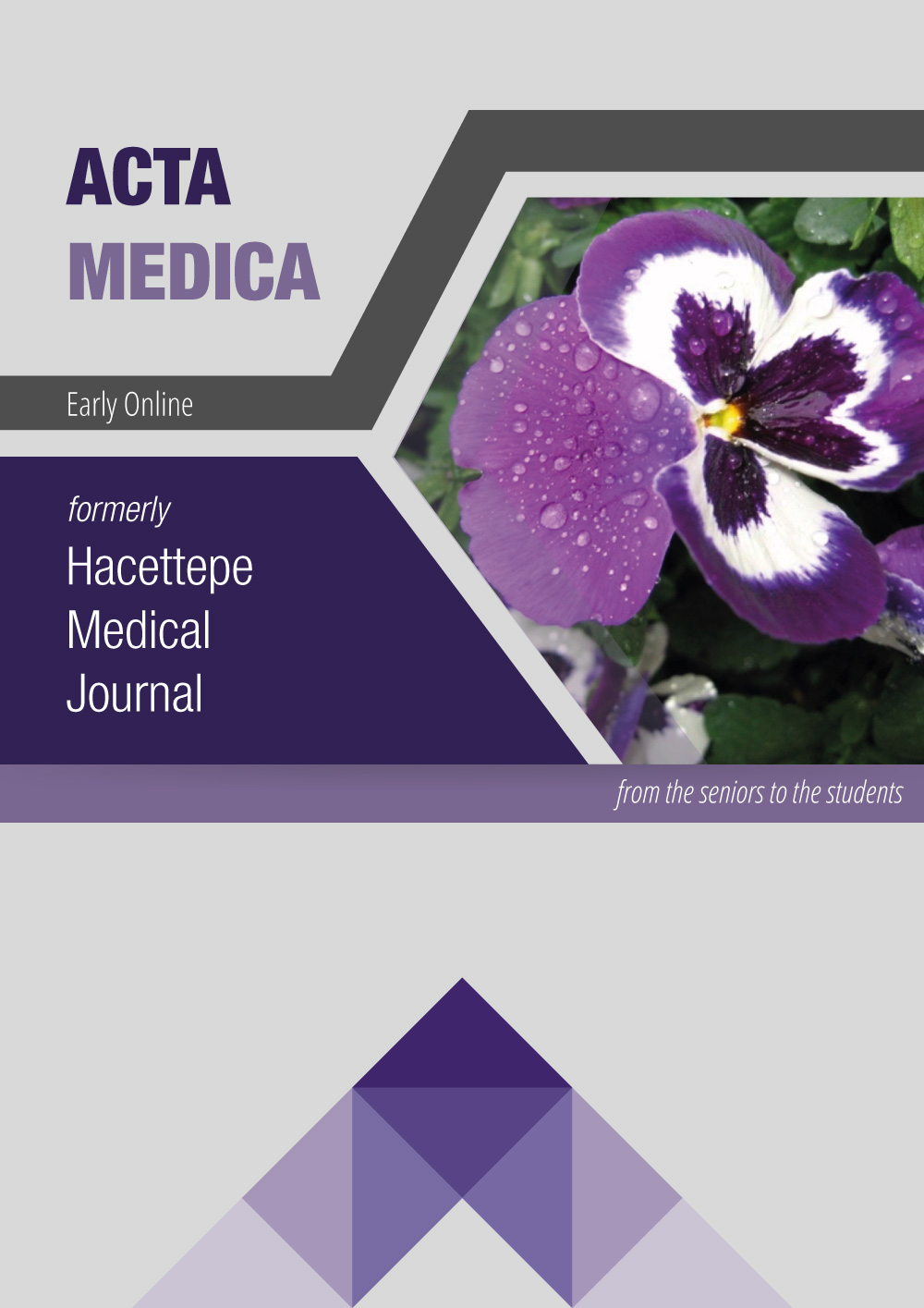Conventional Synthetic Dmards in Psoriatic Arthritis: Changing Practice in Biologic Era; Real-Life Results from HURBIO-PsA Registry
DOI:
https://doi.org/10.32552/2021.ActaMedica.623Abstract
Objectives: Psoriatic arthritis is a chronic musculoskeletal disorder which may affect skin, joints, bone and enthesis. Conventional synthetic disease modifying anti-rheumatic drugs are first-line treatment options and biologic disease modifying anti-rheumatic drugs are recommended in psoriatic arthritis patients who are intolerant/not controlled well with conventional synthetic disease modifying anti-rheumatic drugs. Although survival data of the conventional synthetic disease modifying anti-rheumatic drugs without concomitant biologic disease modifying anti-rheumatic drugs are available, the effect of biologic disease modifying anti-rheumatic drugs on the retention of conventional synthetic disease modifying anti-rheumatic drugs is still a question of interest.
Materials and Methods: Psoriatic arthritis patients who received at least 1 dose of biologic disease modifying anti-rheumatic drugs, using at least 1 conventional synthetic disease modifying anti-rheumatic drugs (methotrexate, leflunomide, hydroxychloroquine and sulfasalazine) at the time of biologic disease modifying anti-rheumatic drugs starting visit and registered in the Hacettepe University BIOlogical Database-Psoriatic Arthritis were included in this retrospective longitudinal analysis. Demographic and disease-specific data at first and last follow-up visit were collected. Unadjusted retention rate of each conventional synthetic disease modifying anti-rheumatic drugs was assessed. Overall prescription of conventional synthetic disease modifying anti-rheumatic drugs at first and last follow-up visit were compared.
Results: A total of 266 (191(71.8%) female) patients was included. Median follow-up duration under biologic treatment was 43.4 (19.4-80.1) months. Median retention duration of each conventional synthetic disease modifying anti-rheumatic drugs were similar. Between the first and last visit; there was a 29.3% decrease in methotrexate use (61.7% vs. 43.6%; p<0.001), 8.4% decrease in leflunomide use (31.2% vs. 28.6%; p=0.30), 30.0% decrease in sulfasalazine use (11.3% vs. 7.9%; p=0.05), 31.1% decrease in hydroxychloroquine use (16.9% vs. 11.7%; p=0.001), 12.5 % decrease in glucocorticoids use (51.1% vs. 44.7%; p=0.015). At last visit, 59 (22.2%) patients were conventional synthetic disease modifying anti-rheumatic drugs -free: 20 (7.5%) patients were using only glucocorticoids, 39 (14.7%) patients were conventional synthetic disease modifying anti-rheumatic drugs + glucocorticoid-free.
Conclusion: Although conventional synthetic disease modifying anti-rheumatic drugs were significantly discontinued in an important percent of patients after the initiation of biologic disease modifying anti-rheumatic drugs, percentage of patients using glucocorticoids at last visit was still high. Studies aiming to demonstrate when, in whom and how to discontinue conventional synthetic disease modifying anti-rheumatic drugs are needed.


